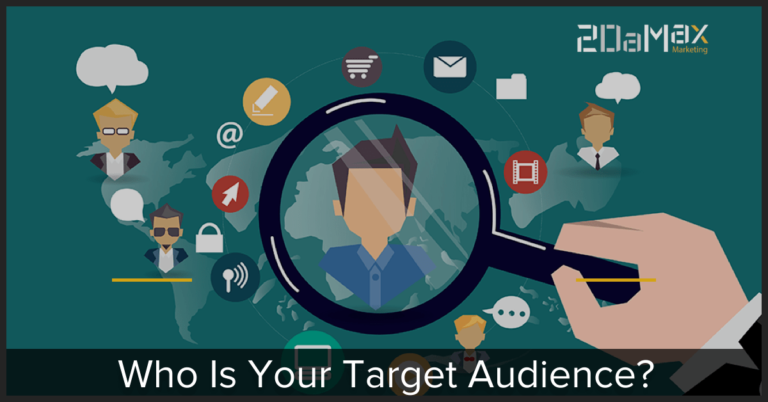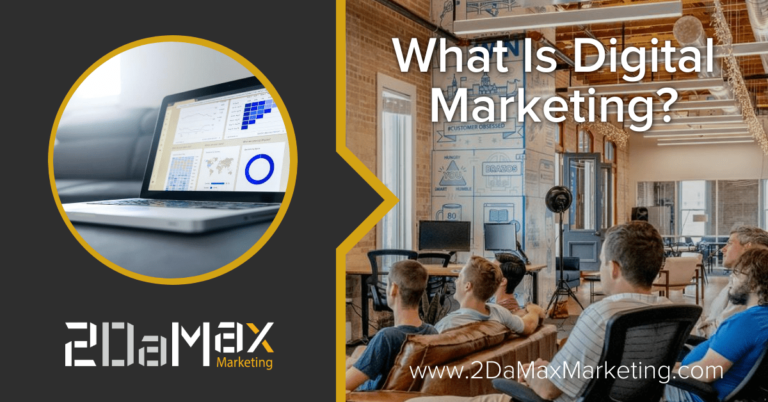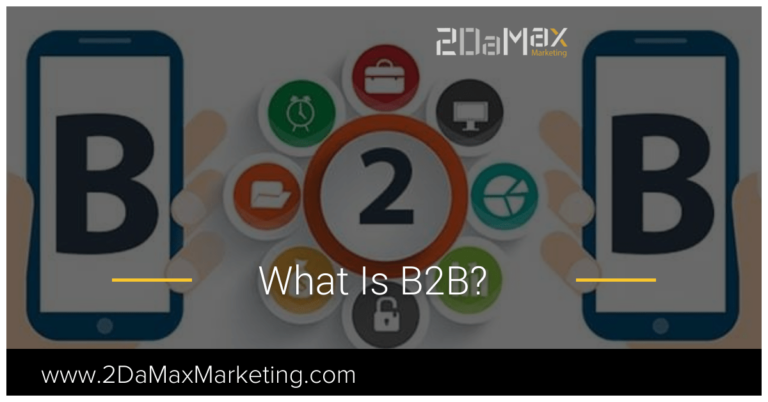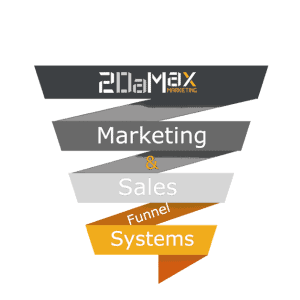Brand Resonance
Brand resonance is a term that describes the relationship between consumers and their favorite products. It’s about how well they can relate to it and buy more of it or not turn away from buying it because of its price tag.
Brand resonance is a term that describes the relationship between consumers and their favorite products. It’s about how well they can relate to it and buy more of it or not turn away from buying it because of its price tag.

The target audience is the group of people you are trying to sell your product or service to. You have to know who you are trying to sell to know how you will advertise to them. When you know who you are trying to sell to, you can put your advertising message in the best places to reach them. If you are selling to children, you might try advertising in a toy magazine or on a television show that they regularly watch. If you are selling to adults, you might advertise in a business magazine or on a local radio station.

User Experience (UX) is a discipline used to measure and improve the quality of a user’s interaction with a website, software, product, or service. The concept was born in the late 1990s, and it’s now an indispensable part of modern digital marketing. A UX pro will help you make your website or app more comfortable to use. He or she will also help you tailor your website or app to meet different user types’ needs. For example, a UX expert could help you make your product more attractive to first-time buyers. He or she could also help you make sure your product is as easy-to-use as possible for people who are less familiar with your industry.

The term “ user interface” (UI) refers to how a person interacts with an application or website. The user interface includes the visual components that people see on a computer screen, such as icons, menus, and images, and how a person clicks, drags, or types on a computer keyboard or touchscreen.

Outbound marketing is a type of marketing that involves advertising. Outbound marketing is the process of trying to convince people to buy your product or service. Inbound marketing is the opposite, trying to get people to come to you without you having to do any active marketing. Outbound Marketing is any marketing that’s NOT inbound marketing.

A lot of people talk about inbound marketing, but few can define it to your satisfaction. At its core, it is the art of attracting—and keeping—prospective clients by providing them with valuable, helpful, and useful information. The most significant difference between inbound and outbound marketing is that instead of promoting your products through email blasts, website ads, and other direct marketing strategies, you are creating content that is valuable to and engages your target audience.

Digital marketing refers to any marketing that utilizes electronic devices for communicating promotional messages and measuring its impact. In practice it generally refers to marketing campaigns that appear on a computer, phone, tablet, or other device. It may also include online videos, display ads, and social media posts.

Business-to-business (B2B) is a term used to describe marketing activities involving businesses that interact to facilitate a transaction. For example, a company sells its products or services to other companies (B2B) instead of selling products directly to end-users (B2C). It can also describe specific marketing efforts within a business focused on other companies, such as having sales representatives who work with businesses to sell the company’s products. The main difference between B2C and B2B marketing is in focus. B2C marketing is focused on the needs and wants of customers, while B2B marketing is focused on the needs of other businesses.
The Best Way To Know Where Your Business Stands –
& What To Do Next!
GET STARTED TODAY
Get your online presence evaluation and a written plan of action report today and identify your companies challenges and areas of opportunity.

We want you to be satisfied, so if you’re not happy about something, just let us know, and we will take care of it for you!
What You’re Getting:
“The perfect resource for companies looking for guidance on how to get market themselves properly.”
Vivian – Real Estate Agent

Every TechMark client starts with a 1-on-1 consultation with one of our experienced marketing specialists.
*Booking is available for people interested in our services only. No spam is allowed. We will never share information with 3rd parties.